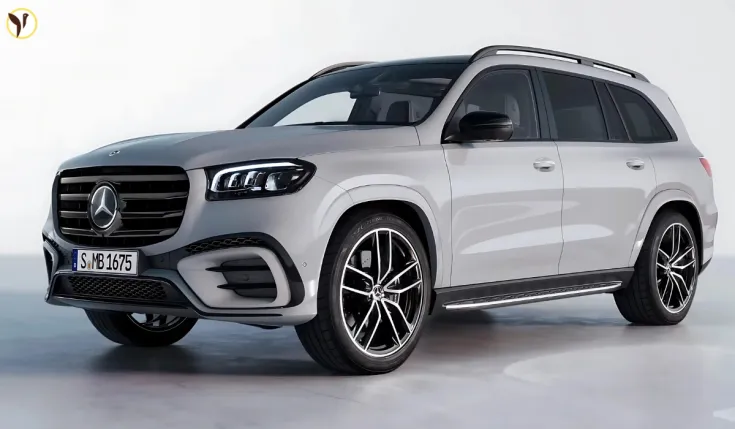Here’s what’s going on. The Albanese Government is looking at possibly ditching Australia’s Luxury Car Tax (yep, that 33% extra charge on expensive cars) to help lock in a trade deal with the European Union. Sounds good, right? But it’s a bit more complicated than just getting rid of a tax. There are other changes coming that could actually mean more people will end up paying it — especially if you’re thinking about buying a hybrid or plug-in car.
What Even Is the Luxury Car Tax?
Okay, so this tax kicks in when you buy a car that costs more than a certain amount. And it’s not a small fee — we’re talking 33% on anything over that limit. As of the 2024–25 financial year, here’s where the line is drawn:
-
For fuel-efficient cars (like EVs or some hybrids): A$91,387
-
For all other cars: A$80,567
So let’s say you’re buying a nice SUV that costs A$100,000. If it’s not considered “fuel-efficient” under the rules, you’ll be hit with a tax of around A$6,414 on top of that price. Ouch.
And here’s the thing — a lot of families buying slightly nicer cars (even ones that aren’t super fancy) are getting caught in this tax bracket without even realizing it.
New Rules Make It Harder to Avoid the Tax
Now here’s where it gets messy. From July 2025, the government is making it harder for cars to qualify as “fuel-efficient.” Before, if your car used under 7 litres of fuel per 100 km, it passed the test. Now? The new cut-off is 3.5 litres. That’s super low.
Basically:
-
Only full electric vehicles (EVs) and plug-in hybrids will qualify for the higher A$91K threshold.
-
Regular hybrids and petrol cars get pushed down to the A$80K mark.
Cars like the Toyota Kluger Hybrid or the Mazda CX-60 — those used to avoid the extra tax. Now? They’ll likely be over the line. That means families looking at practical hybrid options might be paying thousands more, just because of this rule change.

Why Some Utes Get a Free Pass (and It’s Costing Millions)
Here’s a weird one. There’s a loophole that lets dual-cab utes (the kind tradies often use) skip the Luxury Car Tax altogether — even if they’re pretty flash. As long as they’re classed as “commercial vehicles,” they avoid the tax. And that loophole is costing taxpayers about A$250 million every year.
Thing is, some people are taking advantage of it. Wealthy buyers are registering luxury utes as commercial vehicles just to dodge the tax. Some folks are calling for this loophole to be closed, arguing that it would help cut down on high-emission utes without hurting real businesses that actually need them.
Could the Tax Actually Go Away?
So, why’s this all happening now? It’s because the Aussie government really wants to strike a trade deal with the EU. And in talks, they’ve offered to scrap the Luxury Car Tax if Europe agrees to give Aussie farmers better access to EU markets.
If the deal goes through, we might see the tax gone completely. But don’t hold your breath — these negotiations take time. For now, anyone buying a pricier car after July 2025 should still expect to pay that extra 33% if they’re over the limit.
What Do the Experts Say About All This?
Some experts think scrapping the Luxury Car Tax could actually be a step backward when it comes to encouraging greener cars. Right now, it’s one of the few ways the government nudges people toward fuel-efficient vehicles. On the other hand, critics argue the tax hasn’t really helped EV sales that much anyway.
A few folks are suggesting a new kind of tax — one based on how much CO₂ a car emits, rather than how much it costs. That might be a better fit with Australia’s push to hit net-zero emissions in the future.
Bottom Line
Honestly, if you’re in the market for a new car — especially anything close to the LCT limit — it’s worth doing your homework. With all these changes, even a small price bump could cost you big. Whether the tax stays or goes, buyers are the ones stuck in the middle for now.







